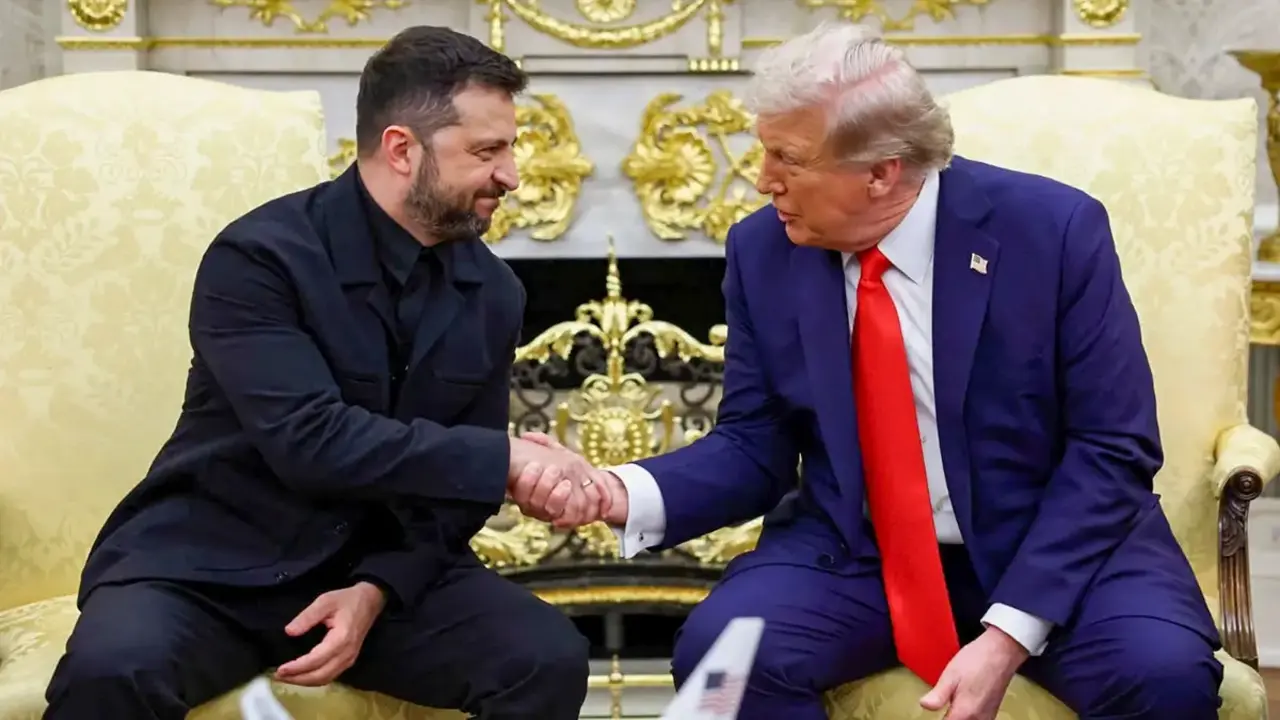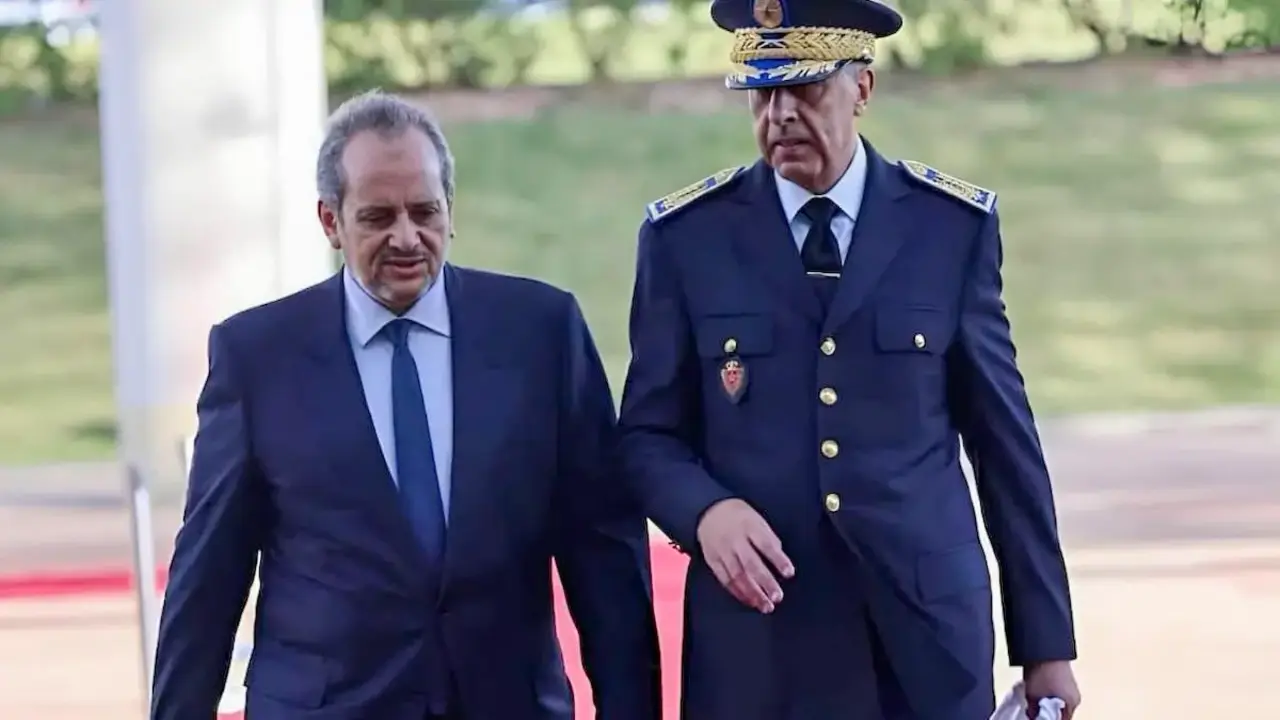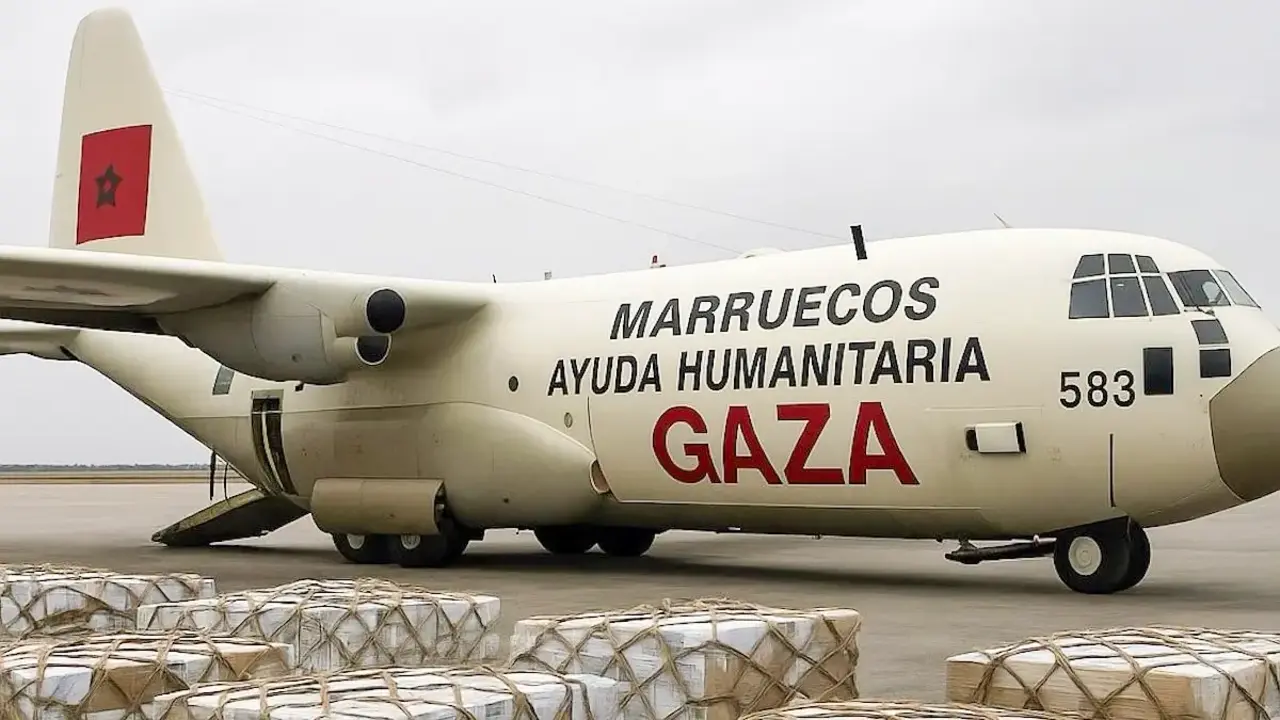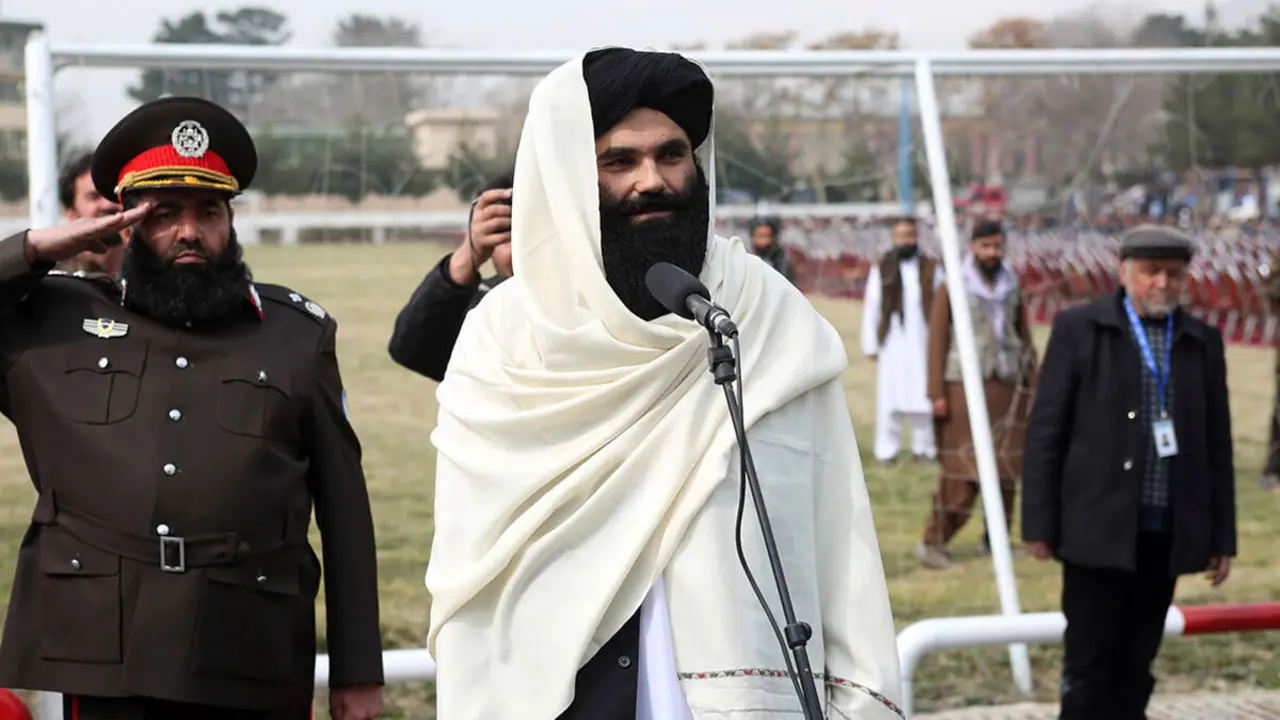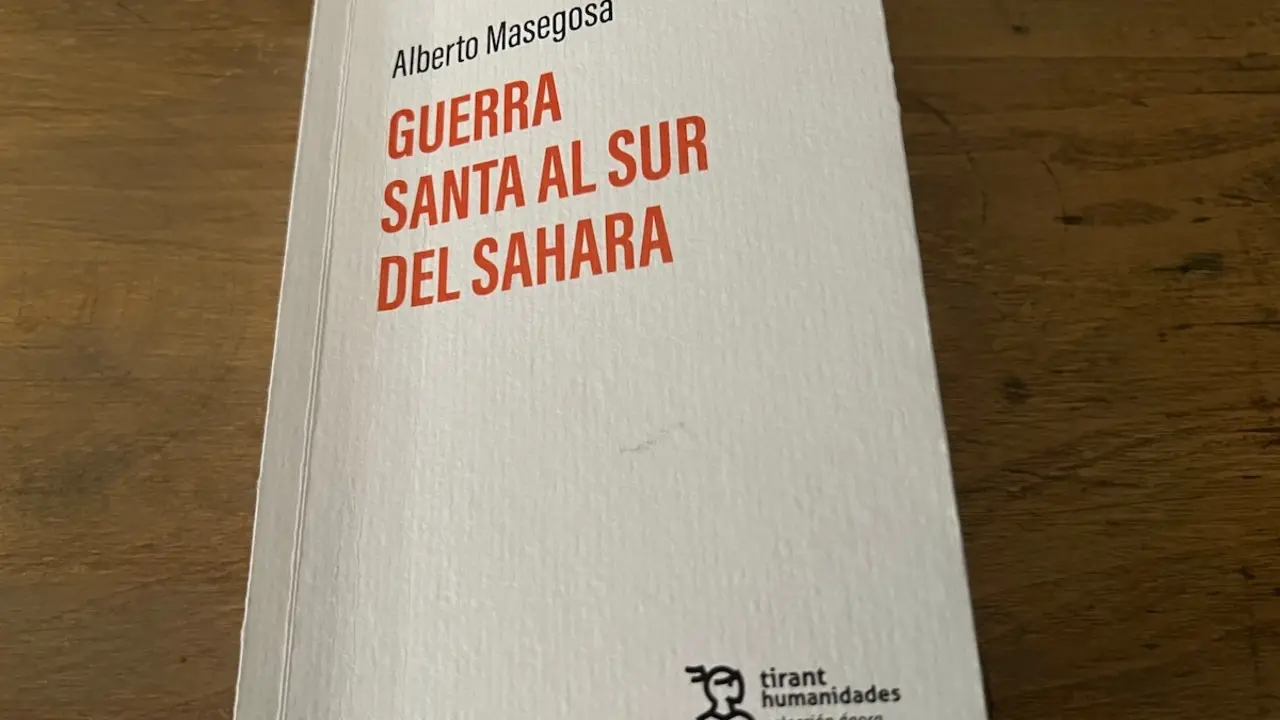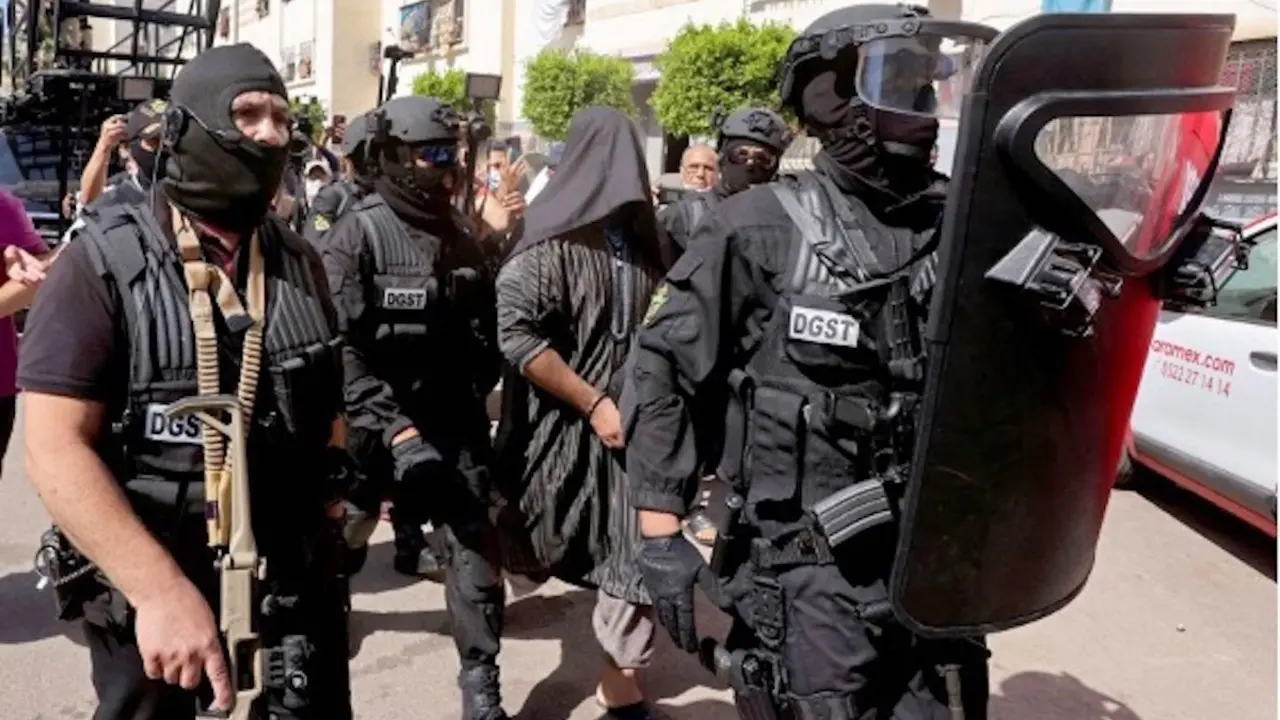National Council of Resistance of Iran discloses information on Houthi terrorist trainings

In 2002, the National Council of Resistance of Iran, an Iranian opposition group, exposed Iran's secret nuclear facilities. This year, the group has again released new information about Iran and the Quds Force, as well as the facilities they use to train and arm Iranian terrorists who then go off to fight against the Yemeni government and its supporting Arab coalition. The Quds Force is the elite group of Iran's Islamic Revolutionary Guard Corps, responsible for conducting special operations offshore.
Last Wednesday, a press conference was held, where the IRGC mentioned the importance of the assistance offered by Tehran to the Quds Force, which acts as a tool to help it carry out special operations on foreign soil and support its terrorist partners in troubled areas such as the Gulf, Iraq and Yemen. Also on display were the Quds Force's naval terrorist recruitment, deployment and training facilities.

One of the Quds Force's primary objectives is to attack commercial shipping in the Red Sea and the strategic Bab al-Mandab Strait, which separates the coast of Yemen from the Horn of Africa. The waterway, which links Europe to the Indian Ocean and East Africa, is an attractive target for Iranian terrorist strategies, a key part of world trade.
Iran, as Yemen's partner, has a strong presence in the Yemeni war started seven years ago by the ethnic Shia Houthis. The Quds Forces have been ordered by the leader, Ali Khamenei, to train the Houthi rebels in the use of mines, speedboats, missiles and other weapons at secret Iranian bases. In response, Alireza Jafarzadeh, deputy head of the IRGC, said that "this is a very serious threat that must be dealt with immediately by Western capitals", as well as that "missile parts have been provided to the Houthis from Iran. There would be no Houthi missile programme at all if it were not for the Iranian regime. Even if they change the name of the missiles, the components are produced by the Iranian regime to serve its purposes in the region".

Earlier this year, the Houthis sent numerous missile and drone strikes against the Emirati state, escalating tensions. "Tehran must be held accountable for its proxy war in the region and ballistic missile development, regardless of the outcome of the Joint Comprehensive Plan of Action (JCPOA) negotiations," said the NRC deputy director, referring to the deal agreed with Iran in 2015.
Thanks to new information provided by this entity, Iran's ability to supply drones and ballistic missiles to the Houthi rebels is believed to be dependent on the Quds Force's naval operations. Terrorist training is conducted at three specialised academies: Ziba Kenar in the Caspian Sea and Farur and Qeshm, two islands in the Gulf. The Ziba Kenar academy is also believed to be used as the main training centre for the Islamic Revolutionary Guard Corps, although its function goes beyond this, as it is secretly employed by the Quds Force to train proxy fighters. The integration of Iraqi Shi'ite militants into the Houthi militia is a sign of unity with the Iraqi group Alwiyat al-Waad al-Haq, the alleged front for the Quds Force, which was blamed for the failed attack in Abu Dhabi on Wednesday.

Experts have reiterated the importance of continuing the talks in Austria on the Iranian nuclear deal, emphasising the increase in the Islamic Republic of Iran's power networks, not to mention the increase in Iranian strikes against the Houthi rebels' enemies, in the light of new information made public about the recruitment, training and weapons arrangements for the Islamic Revolutionary Guard Corps unit.

